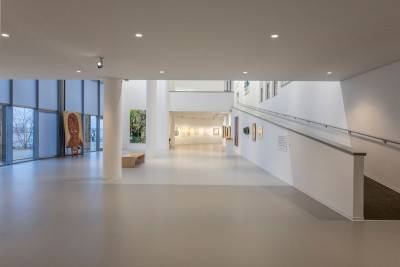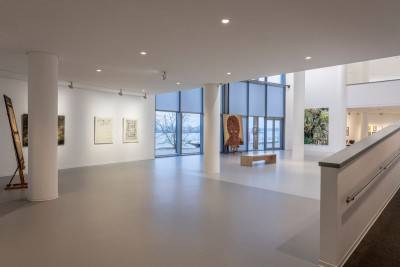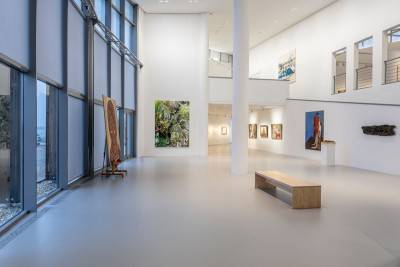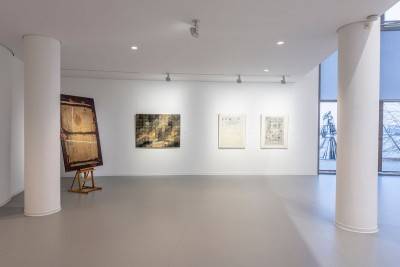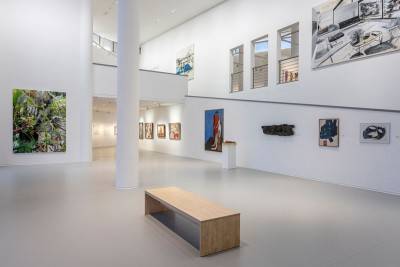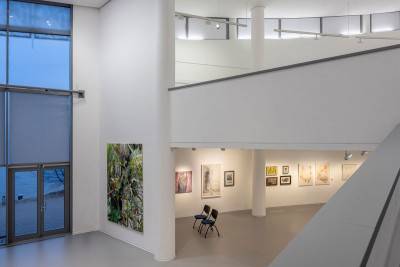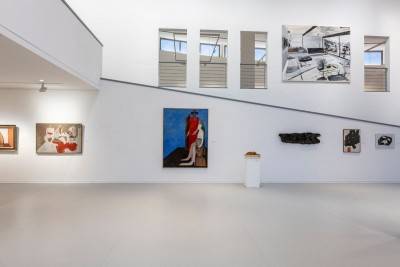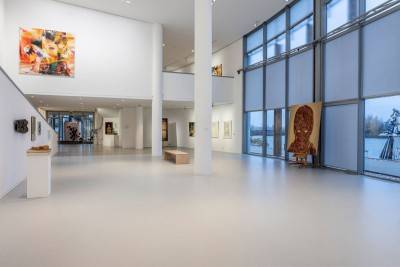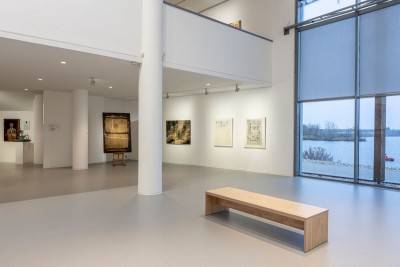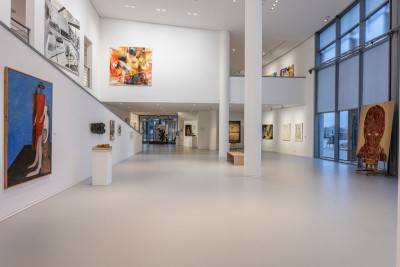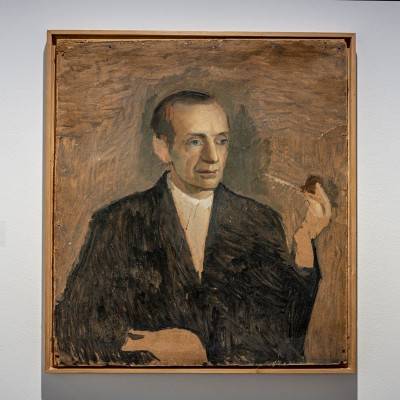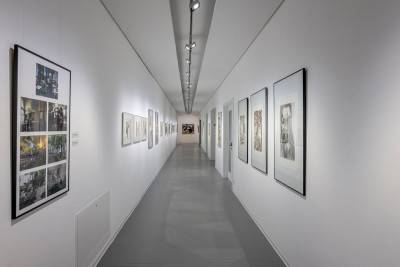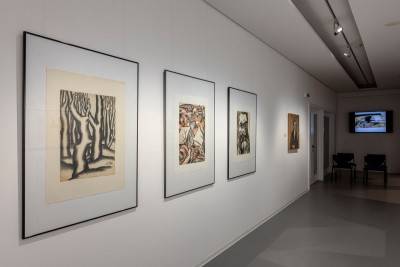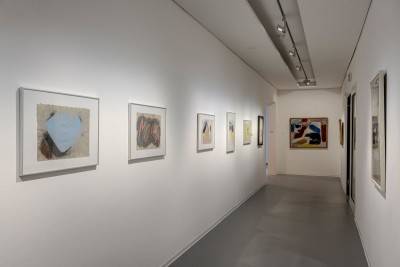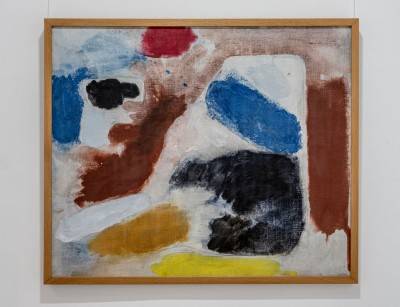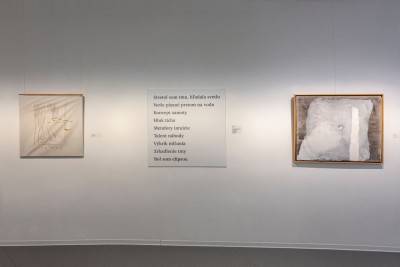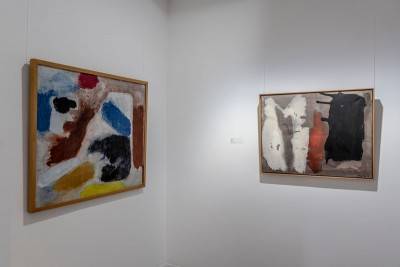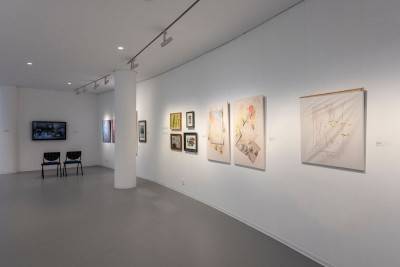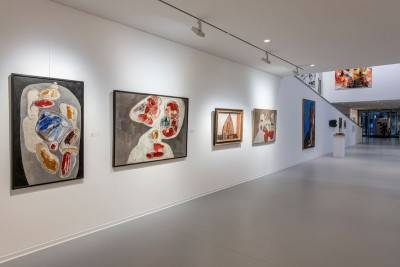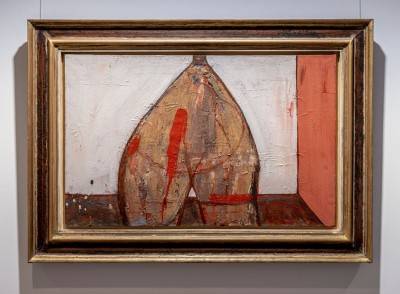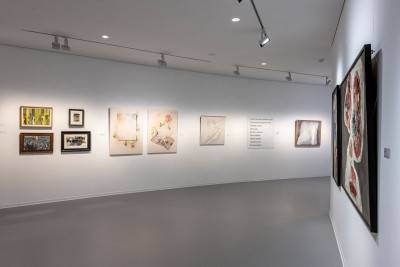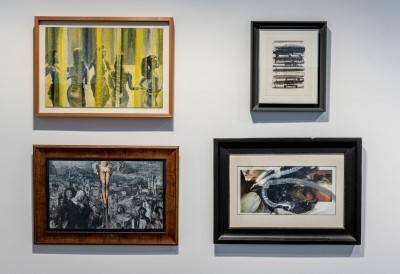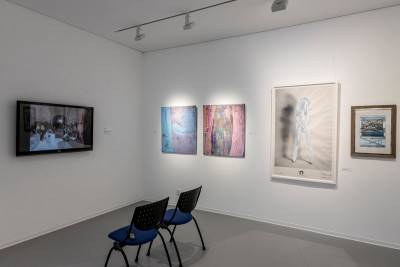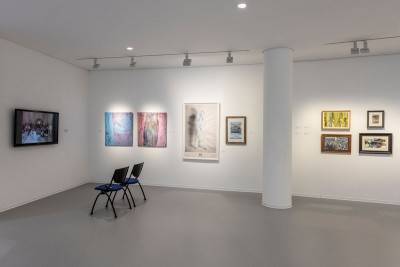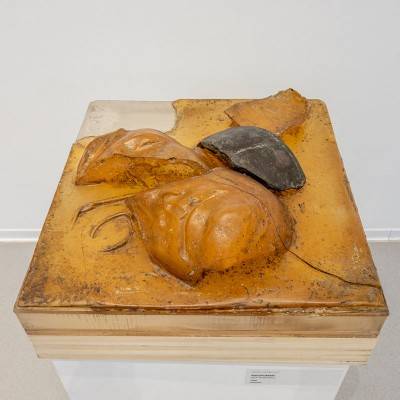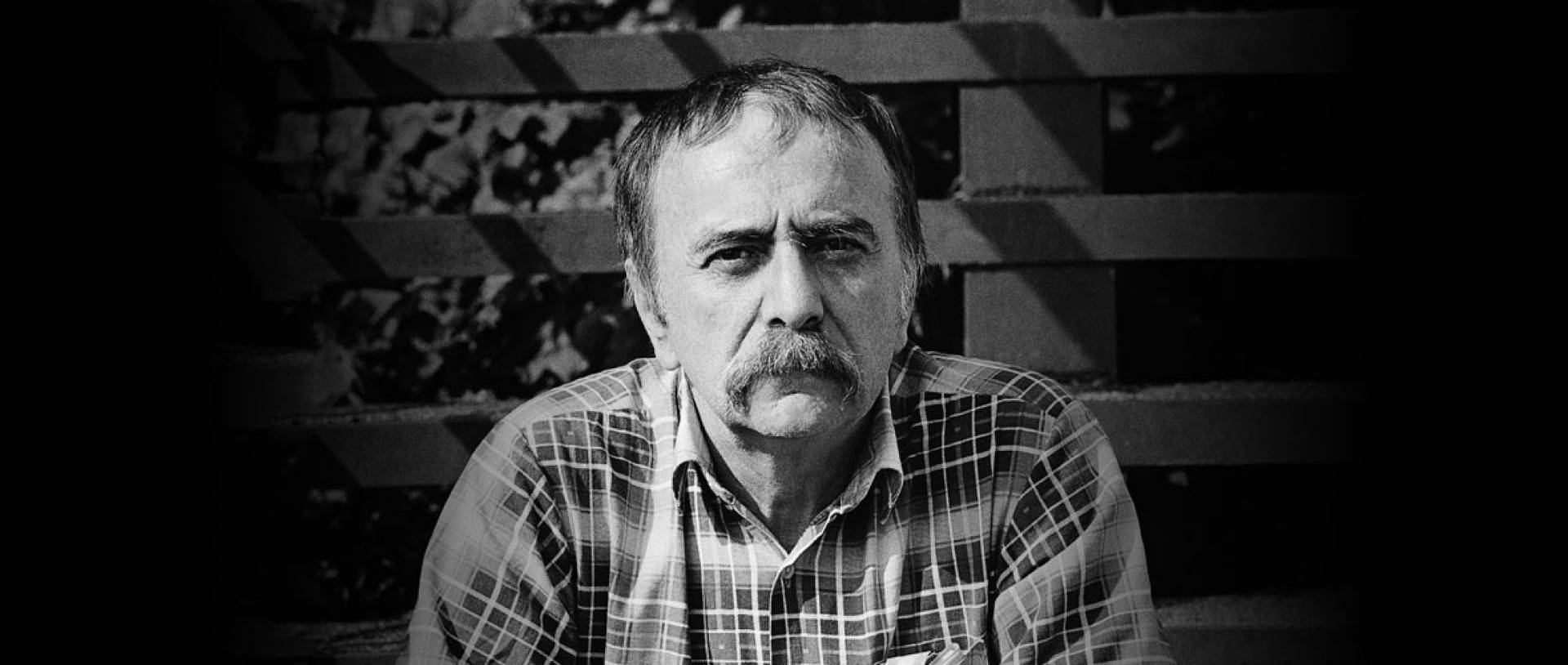

This exhibition held in the year marking the 80th anniversary of his birth is a commemoration of personal relationships and meetings which used to take place in various spaces, periods and on various occasions. Miro Cipár wrote: “Milan Paštéka expressed his fascination with art like this, ´I stand before a painting bewitched by its internal power. I cannot give it a name. I don’t perceive its content. I wouldn’t know how to describe it.´ Even today we are stricken by the magic of his work. An admirable story of a brave and courageous artist who created extremely powerful work in unfavorable times. The attributes and names of Paštéka and his work are many. He is an aristocrat of silence. After his initial pasty, almost colorless oils, he painted in pure color and through rustic, colorful and ultimately subjectless compositions. Žilina was the natural center of northern Slovakia and the boy’s gymnasium (grammar school) there represented its intellectual importance. We used to hang out in front of that dignified building every morning under the statue of Anton Bernolák; Milan Paštéka was there too. The long showcases on the mezzanine held the drawings done by the most talented students – Vladimír Kompánek, Štefan Svetko, Ferdinand Milučký, Svetozár Mellner and Osvald Aurélius Klapper. In the fourth year, we founded a Pablo Picasso group. It caught Milan’s attention, he came to our class and asked in his dialect: ´Which one of you is Cipár?´ By the time I got to the Academy of Fine Arts, Paštéka was already an icon. Several years later, I visited him in the well-known artists’ colony on Drotárska Street and peeked into his studio. After two years in the barracks, I started to paint. Milan visited me in our apartment on Michalská Street. My painting “Sediments” was on the easel then. Not very talkative, he just patted me on the shoulder. It was encouraging. He was a man of few words, but when he did say something, he spoke in aphorisms. Conciseness is the quality of philosophers. Friendships with philosophers lead to a deeper interest in current thinking. He even translated philosophical texts which attracted respect and emphasized that his work was well thought out. Paštéka is a figure of outstanding seriousness; he is an example of a wise, thinking artist, a genuine pictor doctus.”
Milan Paštéka was born on May 20, 1931 in Trenčín. After graduating from the grammar school in Žilina, he continued his studies at the Academy of Fine Arts in Bratislava in the studio of Ľudovít Fulla and later under Ján Želibský. Shortly after graduating, he settled in Bratislava and launched his professional and personal life. His work was layered in several media, but the trace of his visual utterance has always been recognizable in his paintings, prints and drawings. He exhibited both at home and abroad and his work spoke to many visual artists, even those of different generations. Milan Paštéka died in a car accident in Žarnovica on September 23, 1998.

